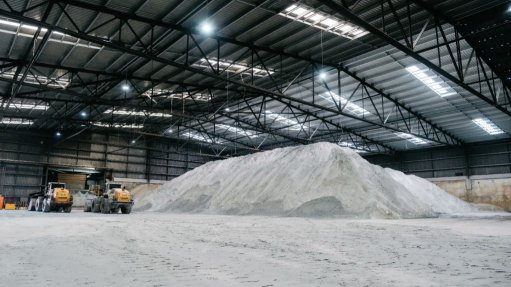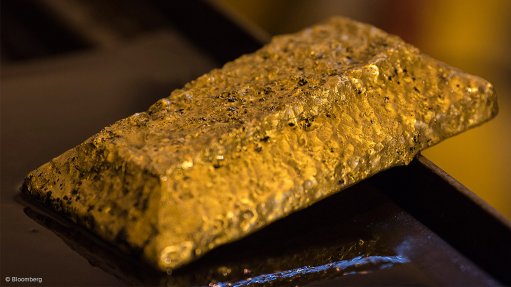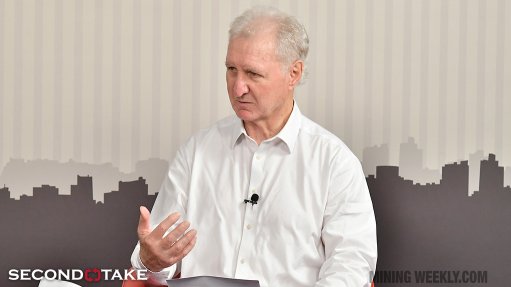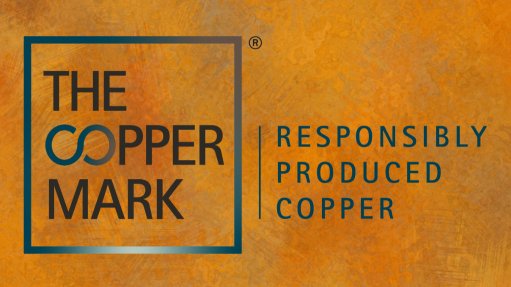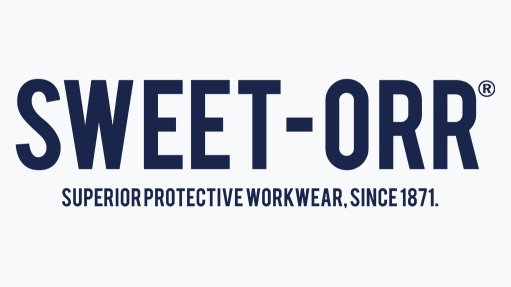CSIR is looking to transform how infrastructure is built in South Africa
The Council for Scientific and Industrial Research (CSIR) continues to research innovations and initiatives to transform the local construction industry. This was reported by CSIR principal researcher Llewellyn van Wyk at the recent sixth CSIR Conference, in Pretoria.
He noted that the country had a problem with its infrastructure. The South African Institution of Civil Engineering (Saice) report, ‘Saice Infrastructure Report Card for South Africa’, which covers the period 2011 to 2017, highlighted this. Based on a US infrastructure evaluation system, this graded local infrastructure into five categories – A (world class), B (fit for the future), C (satisfactory for now), D (at risk) and E (unfit for purpose). South Africa is one of the very few countries in the world to undertake such as exercise; others include the US, Australia and the UK.
The country’s infrastructure was grouped into water, sanitation, solid waste management/disposal, roads, Airports Company South Africa-owned airports, ports, rail, electricity and healthcare. Most of these were, in turn, subdivided (for example, water was subdivided into bulk resources, major urban areas, and all the other areas).
In neither 2011 nor 2017 did a single division or subdivision of South Africa’s infrastructure rank at A. The highest scoring rank achieved was B+. In 2017, the country’s only B+ infrastructure was made up of the airports and heavy freight rail. The lowest score for this year was E–, for sanitation: all other areas (sanitation: major urban areas scored C–). The next lowest rating was D–, which applied to water: bulk resources, water: all other areas (water: major urban areas was rated C+), district and local roads, and rail: active branch lines. (South African fishing ports were not evaluated; commercial ports were rated B–.) Of the total of 23 infrastructure divisions and subdivisions evaluated, 11 were rated at or below D+ for 2017: almost 50%. Only five were rated B– or above.
Van Wyk pointed out that a key reason for this situation of infrastructure degradation was that the extent of the “national estate” (physical infrastructure and built environment) exceeded the ability of the State to administer it. Further, the complexity of the national estate also exceeded the ability of the State to administer it. South African cities have become too big for the administrative models currently employed in the country to handle.
The condition of the local construction industry is not helping the situation either. He pointed out that there was a trend in the industry towards an inability to maintain standards and suffering from an inadequately skilled workforce. He cited the 2015 Construction Industry Development Board report, ‘Construction Industry Indicators’.
This revealed that, in terms of client satisfaction with contractor performance, there had been a “noticeable” decline since 2012; the same applied with regard to client satisfaction with consultants. Client satisfaction with construction schedules had shown a “significant” decline since 2012, as had client satisfaction with the quality of work. On the other hand, there had been a “noticeable” increase in the level of defects, and the rate of construction-related injuries and deaths continued to be “unacceptably high”.
To deal with these problems, the CSIR is seeking to make the construction industry function much more like the manufacturing industry. Although it has done a lot of research, sometimes with overseas partners, on prefabricated housing constructed using a very limited number of standardised panel (wall, floor) units, its current focus is on public infrastructure, such as clinics and schools.
The CSIR, for example, has designed a “modular relocatable clinic”. This is composed of a limited range of units and components that would be manufactured in a factory, transported to site and erected there. This would reduce costs, accelerate construction and largely deal with the construction industry’s skills problems.
Moreover, highlighted Van Wyk, once the construction methodology was changed, so, too, could the materials used in construction be changed. Portland cement was no longer required. The CSIR is researching alternative materials, which involve a smaller carbon footprint in their manufacture and are acid resistant. Thus, clay mineral kaolinite materials can be used to make concrete, blocks, bricks and pavers that are stronger, more durable, yet cheaper and with lower carbon emissions.
Article Enquiry
Email Article
Save Article
Feedback
To advertise email advertising@creamermedia.co.za or click here
Press Office
Announcements
What's On
Subscribe to improve your user experience...
Option 1 (equivalent of R125 a month):
Receive a weekly copy of Creamer Media's Engineering News & Mining Weekly magazine
(print copy for those in South Africa and e-magazine for those outside of South Africa)
Receive daily email newsletters
Access to full search results
Access archive of magazine back copies
Access to Projects in Progress
Access to ONE Research Report of your choice in PDF format
Option 2 (equivalent of R375 a month):
All benefits from Option 1
PLUS
Access to Creamer Media's Research Channel Africa for ALL Research Reports, in PDF format, on various industrial and mining sectors
including Electricity; Water; Energy Transition; Hydrogen; Roads, Rail and Ports; Coal; Gold; Platinum; Battery Metals; etc.
Already a subscriber?
Forgotten your password?
Receive weekly copy of Creamer Media's Engineering News & Mining Weekly magazine (print copy for those in South Africa and e-magazine for those outside of South Africa)
➕
Recieve daily email newsletters
➕
Access to full search results
➕
Access archive of magazine back copies
➕
Access to Projects in Progress
➕
Access to ONE Research Report of your choice in PDF format
RESEARCH CHANNEL AFRICA
R4500 (equivalent of R375 a month)
SUBSCRIBEAll benefits from Option 1
➕
Access to Creamer Media's Research Channel Africa for ALL Research Reports on various industrial and mining sectors, in PDF format, including on:
Electricity
➕
Water
➕
Energy Transition
➕
Hydrogen
➕
Roads, Rail and Ports
➕
Coal
➕
Gold
➕
Platinum
➕
Battery Metals
➕
etc.
Receive all benefits from Option 1 or Option 2 delivered to numerous people at your company
➕
Multiple User names and Passwords for simultaneous log-ins
➕
Intranet integration access to all in your organisation






